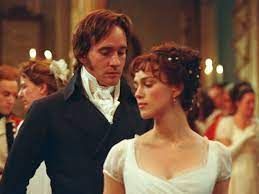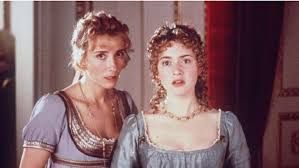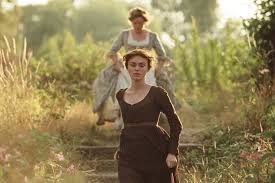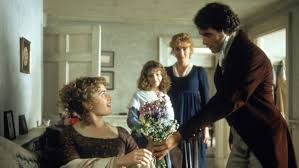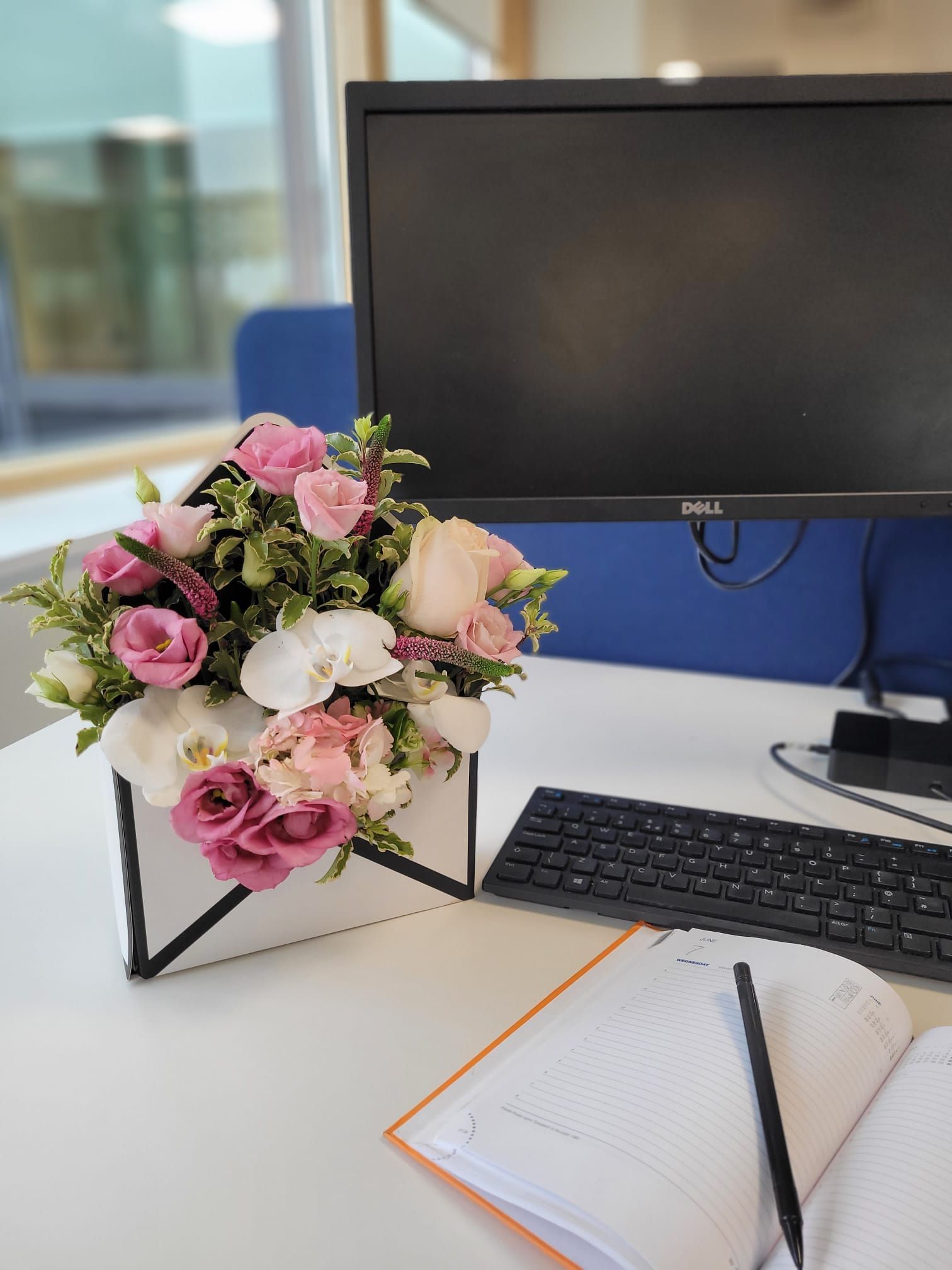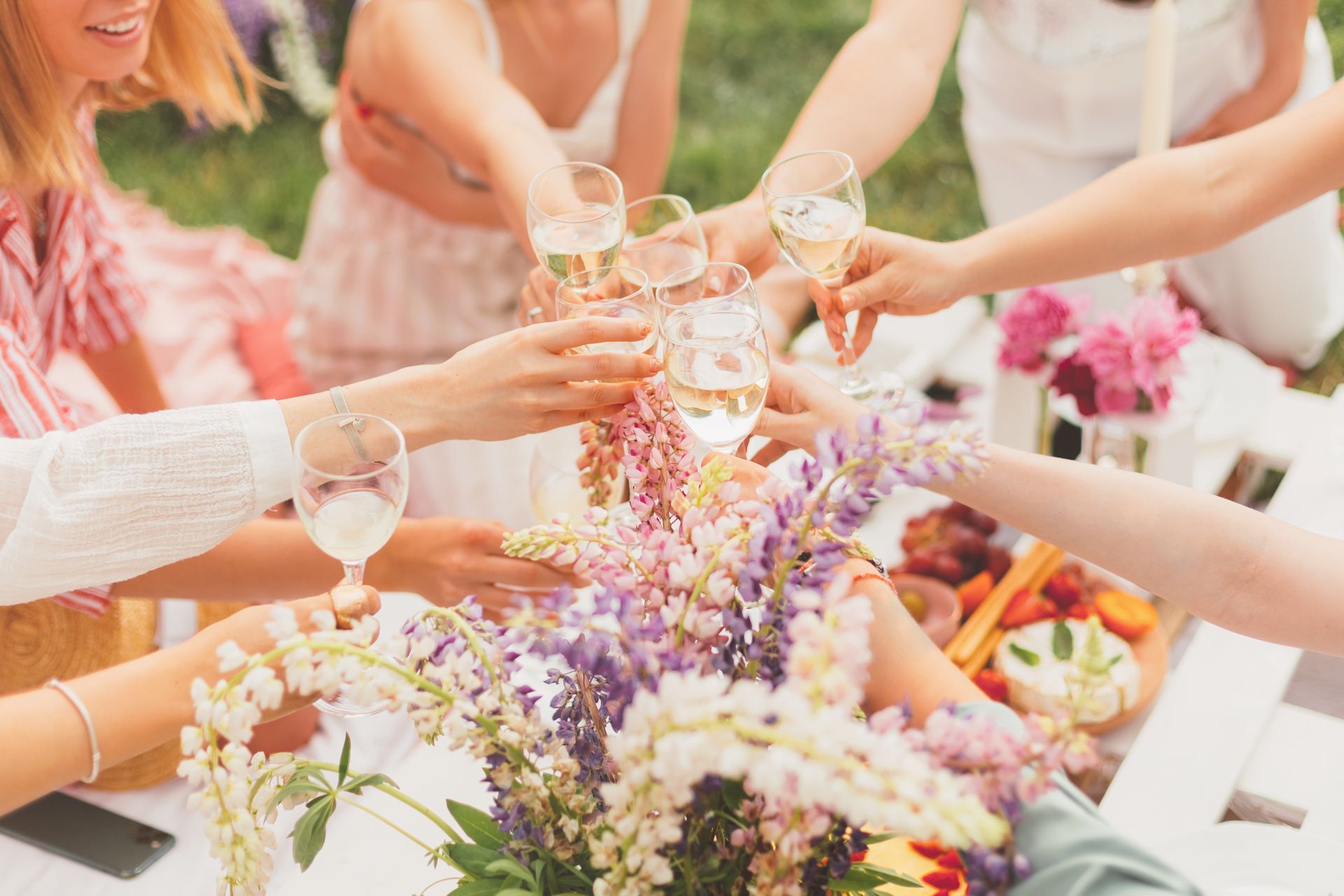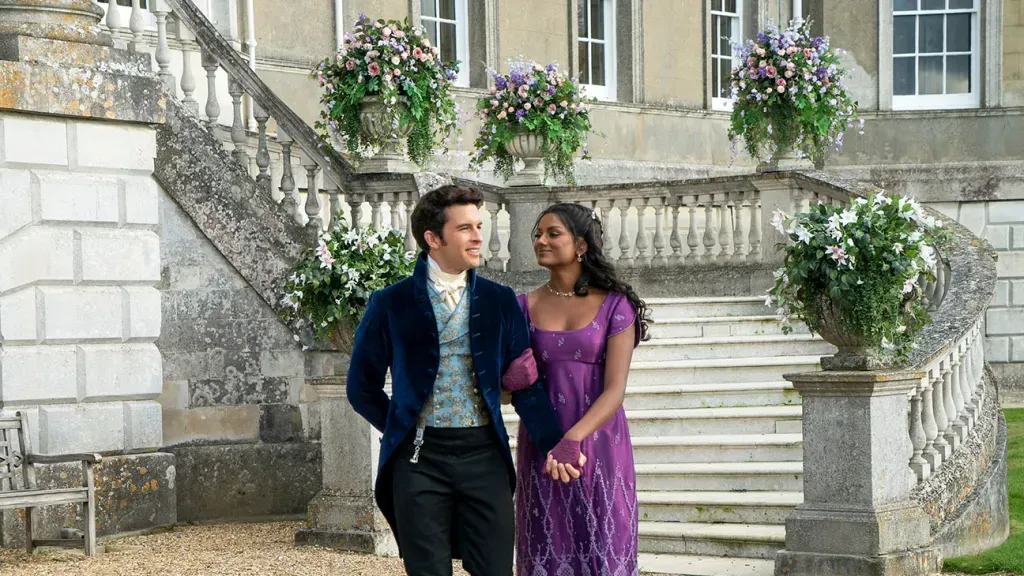Obsessions of a Florist - where it all began
Over the years, I have also harboured a slight obsession with period drama and in this blog, I thought it might be interesting to indulge both passions with a look at how flowers are used in these dramas, the role they play and how they portray the customs and traditions of society at the time. In this issue, I’ll focus on some of my favourite Jane Austen adaptations and the next will look at the Bridgerton series in which flowers were so significant in the set design as to almost become a character in the show. Whether or not anyone else finds these ramblings interesting, remains to be seen but I’m committed now and will refer you to my social media coach #DeniseInspired for any complaints! #DeniseMadeMeDoIt!
My love of period drama can probably be traced back to the BBC TV series production of Pride and Prejudice, released in 1995. Yes people, 1995, almost 30 years ago. Having watched the series too many times to remember, it remains steadfast as one of my favourites. On one occasion, the DVD box set kept me and my poor Mother sane as she looked after me following a torn cruciate ligament episode. A self-inflicted injury on the slopes of St. Anton, it was my second only time skiing. It turned out also to be my last, having not had the courage to tempt fate again. Incidentally, I can recommend the emergency services there. I can’t say much about the skiing or apres-ski but there I would refer you to my friend Eleanor, an experienced woman in these matters and my partner in crime on said ski slope. If there is anyone I would recommend during a skiing crisis or any type of crisis for that matter, it’s this woman. Thanks, Eleanor, for escorting me home via crutches, wheelchairs, trains, planes and automobiles.

